When it comes to heavy-duty transportation, the interplay between various trailer types and prime movers is crucial. This intersection raises an interesting question: Can you pull a gooseneck trailer with a semi truck? The answer is layered, consisting of mechanical compatibility, regulatory considerations, and practical implications. Let’s delve into the facets of this topic, providing insights for manufacturers, operators, and logistics professionals.
Understanding Gooseneck Trailers
What is a Gooseneck Trailer?
Gooseneck trailers are specialized towing equipment designed for heavy loads. Unlike standard trailers, they feature a hinged front that connects to the hitch in the truck bed or a special gooseneck hitch. The design allows for improved weight distribution, stability, and maneuverability, making them ideal for hauling large equipment, livestock, or construction materials.

Advantages of Gooseneck Trailers
| Advantages | Description |
|---|---|
| Stability | Better stability due to weight distribution over the truck’s axles. |
| Increased Payload | Allows for a greater load than standard trailers due to the structural design. |
| Enhanced Maneuverability | Superior maneuvering in tight spaces, particularly beneficial in construction and agricultural settings. |
Compatibility with Semi Trucks
Commercial semi-trucks are robust machines built to handle substantial loads. However, compatibility with a gooseneck trailer hinges on several aspects:
Hitch Type: Semi trucks typically utilize fifth-wheel hitches. Transitioning to a gooseneck hitch requires an adapter or a specific hitch designed for that purpose.
Truck Specifications: Powertrain capabilities, including the engine, transmission, and axle ratios, dictate whether a semi truck can effectively pull a particular gooseneck trailer weight.
Weight Rating: Evaluate if the truck’s Gross Vehicle Weight Rating (GVWR) aligns with the combined weight of the semi and trailer.
Technical Considerations

Tow Ratings
Each truck model comes with a defined tow rating, a critical parameter indicating the maximum weight it can safely pull. When considering the use of a semi truck for a gooseneck trailer, checking the owner’s manual or manufacturer specifications is essential.
Equipment Modifications
If towing a gooseneck with a semi truck is undertaken, certain adjustments may be necessary. These could involve:
- Installing an appropriate gooseneck hitch that is compatible with the truck’s specifications.
- Modifying suspension systems to handle increased loads without compromising ride quality or safety.
Regulatory Aspects of Towing Gooseneck Trailers

Licensing and Towing Regulations
When planning to pull a gooseneck trailer with a semi truck, drivers must adhere to specific regulations. These can vary by state and industry, so it is crucial to be aware of the following:
Drivers’ Licensing: Depending on the total weight, a Commercial Driver’s License (CDL) may be required. Ensure the operator is licensed appropriately for the vehicle class.
Weight Limits: Different jurisdictions impose weight limits on what can be towed. Exceeding these can result in hefty fines and safety risks.
Insurance Requirements: Verify that your insurance policy adequately covers the increased risk associated with towing a gooseneck trailer.
Practical Considerations for Towing
Safety Measures
Towing a gooseneck trailer with a semi truck comes with its own set of challenges and safety considerations:
Proper Load Distribution: Distributing the load evenly is essential for maintaining balance and control during transit.
Brake Systems: Ensure the trailer has an effective braking system, improved braking response is critical during any towing operation.
Regular Inspections: Before towing, perform thorough inspections of tires, brakes, lights, and other mechanical systems.
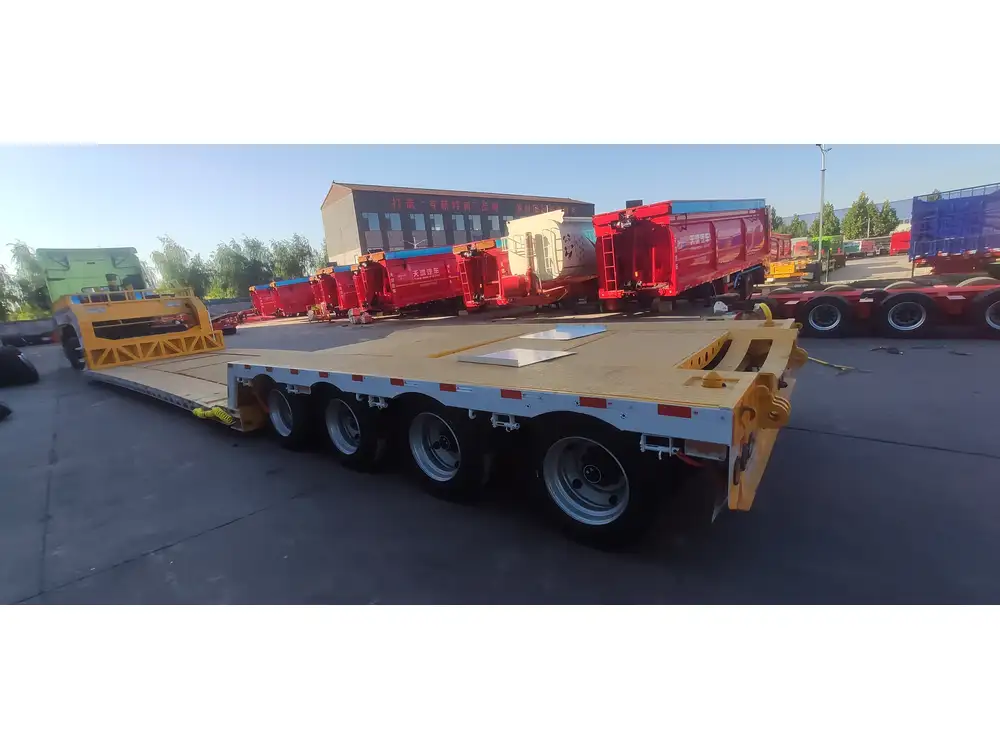
Driving Techniques
Effective driving techniques can enhance safety and efficiency during transport:
Geared for Load: Use the correct gearing to avoid straining the engine, particularly when accelerating or climbing.
Cornering: Anticipate wider turns due to the gooseneck design, allowing for increased swing radius.
Braking Distance: Increase braking distances as the added weight may require more time to come to a stop compared to a standard truck-trailer combination.
Practical Applications and Use Cases
Construction Industry
In the construction sector, using semi trucks to pull gooseneck trailers enables efficient transportation of heavy equipment, such as excavators or bulldozers. The enhanced stability of gooseneck trailers helps keep loads secure on uneven terrains.
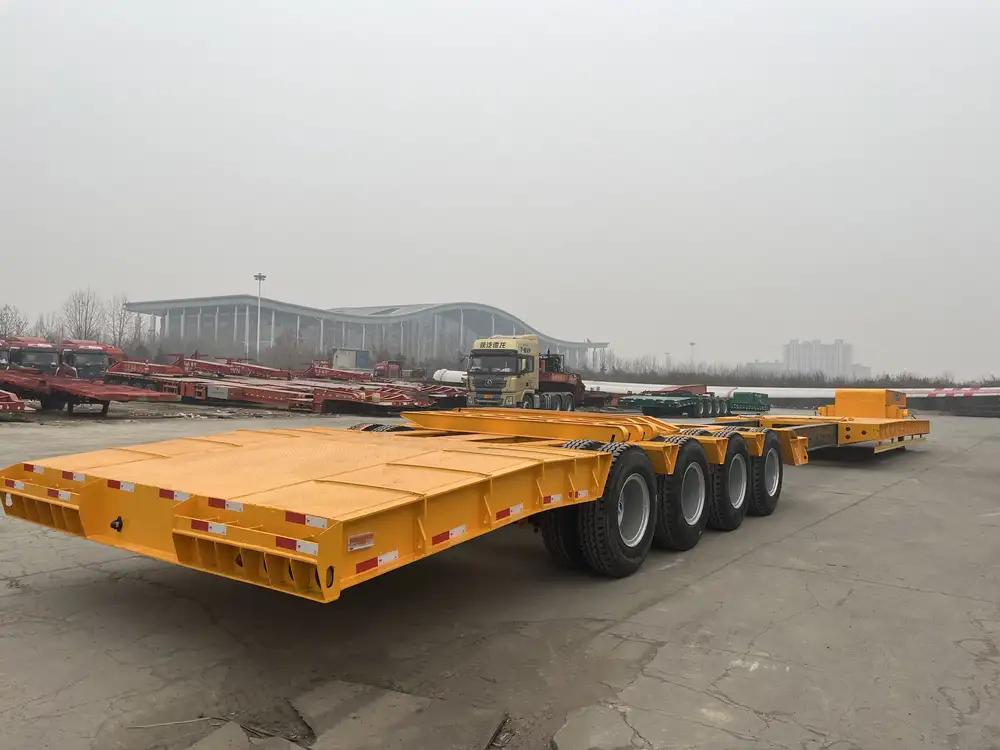
Agricultural Sector
Farm operations often require the hauling of livestock or farm equipment. The gooseneck trailer provides the required strength and weight distribution necessary to transport these heavy loads safely. The compatibility with semi trucks also permits longer trips without needing to stop frequently for reloading or switches.
Economics of Towing
Cost Considerations
Fuel Efficiency: Semi trucks are typically optimized for fuel efficiency, but towing a gooseneck can affect their fuel consumption. Monitor fuel statistics pre- and post-implementation to gauge differences.
Maintenance Costs: Understand that maintenance will change while operating a semi truck in combination with a gooseneck trailer. Increased wear and tear on both systems can lead to higher overall costs.
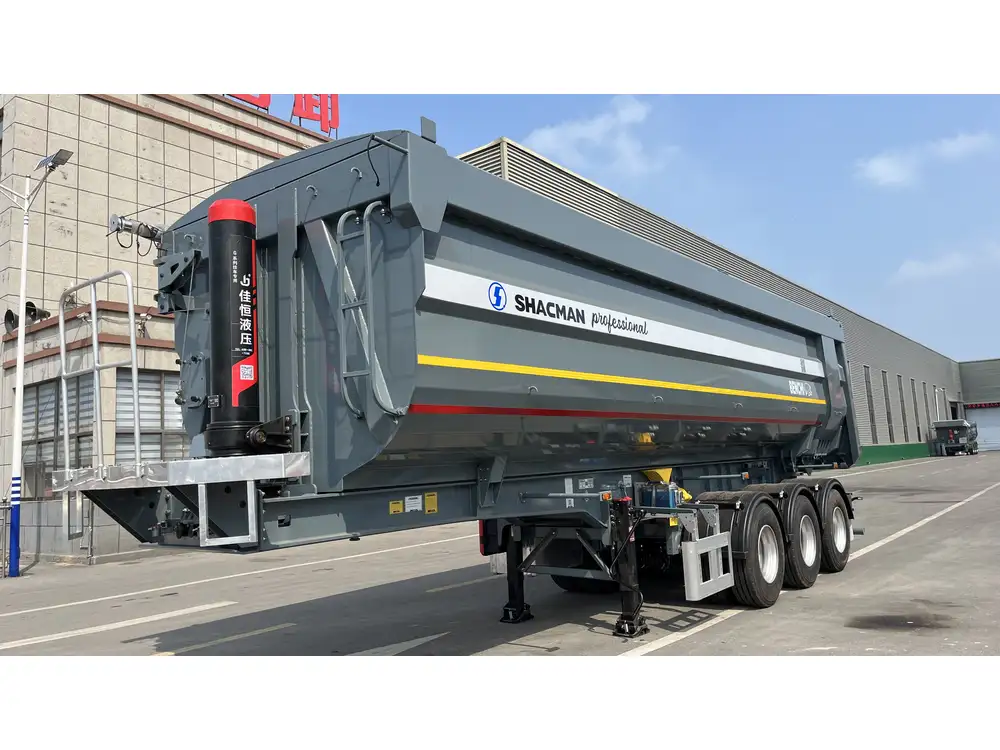
Return on Investment
The choice to implement gooseneck trailers with semi trucks can provide substantial ROI by reducing transportation times and improving load security, thereby enhancing overall efficiency in logistics operations.
Frequently Asked Questions
Is it safe to pull a gooseneck trailer with any semi truck?
Not all semi trucks are created equal. Truck specifications must align with the trailer’s requirements, including tow ratings. Always consult manufacturer guidelines.
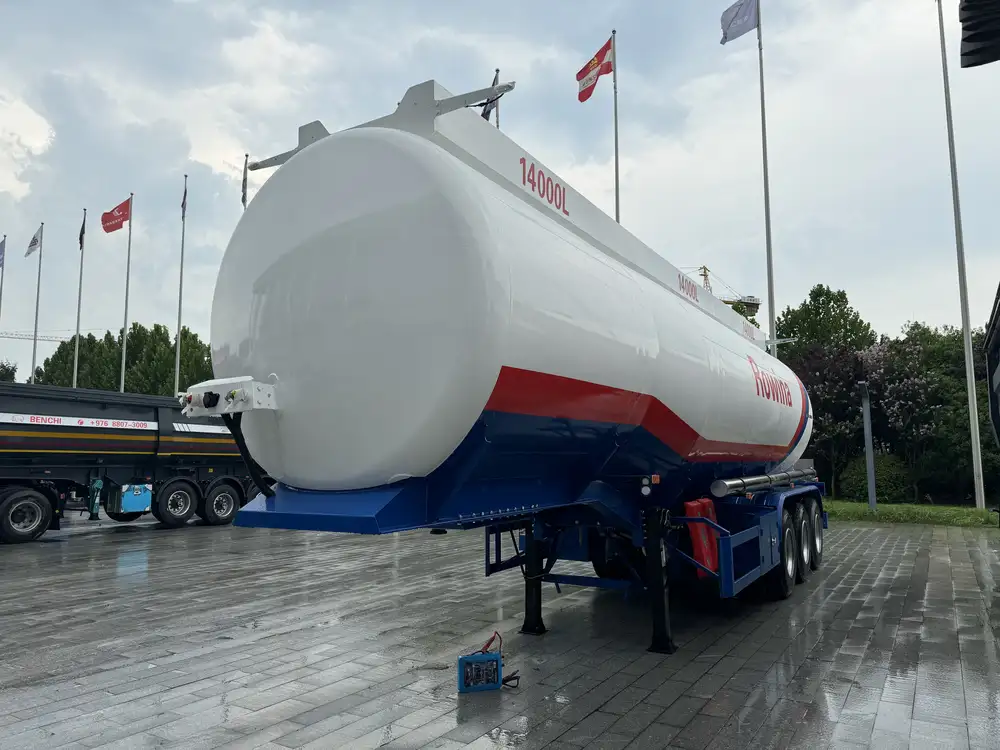
What modifications are necessary for towing?
Installation of a compatible gooseneck hitch is paramount, and potential suspension upgrades should be considered to handle additional weight.
How does weight distribution affect towing performance?
Improper distribution can lead to instability, making it harder to control during transit and increasing wear on vehicle parts.
What are the best driving practices for towing a gooseneck?
Maintaining adequate speeds, adjusting braking distances, and mastering wide turns are all essential practices that ensure safe transport.
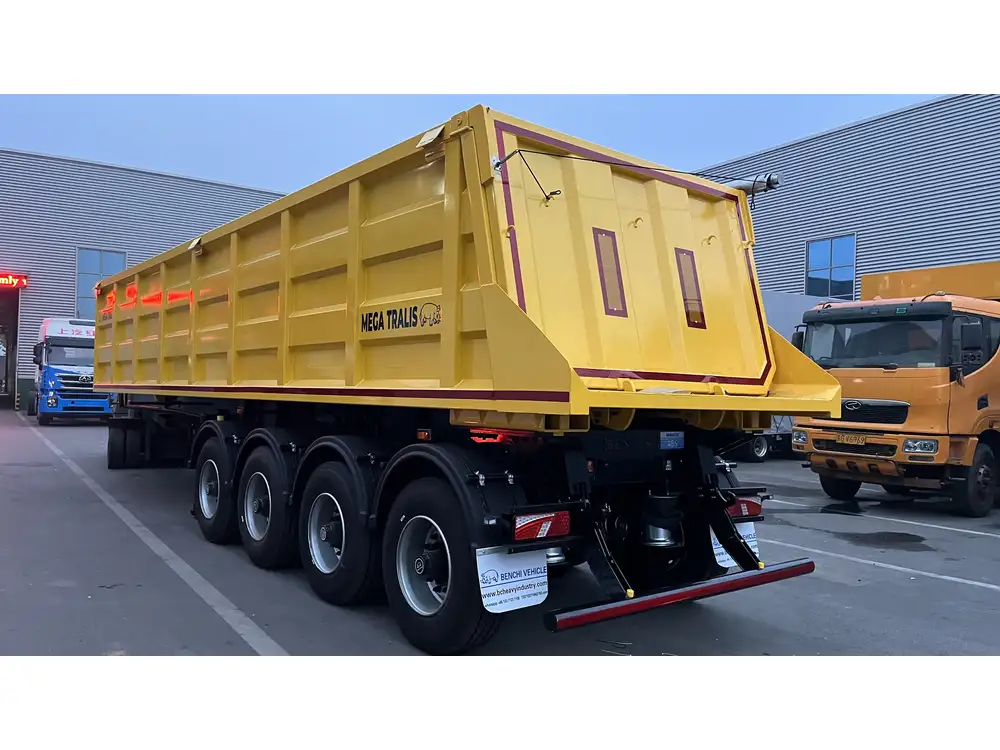
Final Thoughts
The ability to pull a gooseneck trailer with a semi truck is not only feasible but can also be greatly beneficial depending on the intended application. By understanding the compatibility requirements, addressing the regulatory framework, and adhering to safety protocols, your operations can thrive with this combination.
In summary, whether for agricultural, construction, or other industrial purposes, merging the power of semi trucks with gooseneck trailers bolsters efficiency and reliability in transportation. However, it’s crucial to analyze each scenario individually, ensuring that operational practices fall within safe, efficient, and legal parameters. With that, your logistics solutions can seamlessly adapt to meet the demanding needs of haulage while maximizing productivity.
By addressing the various aspects of towing goosenecks with semi trucks comprehensively, this article aims to position itself as a leading resource, guiding professionals toward efficient transport solutions.



